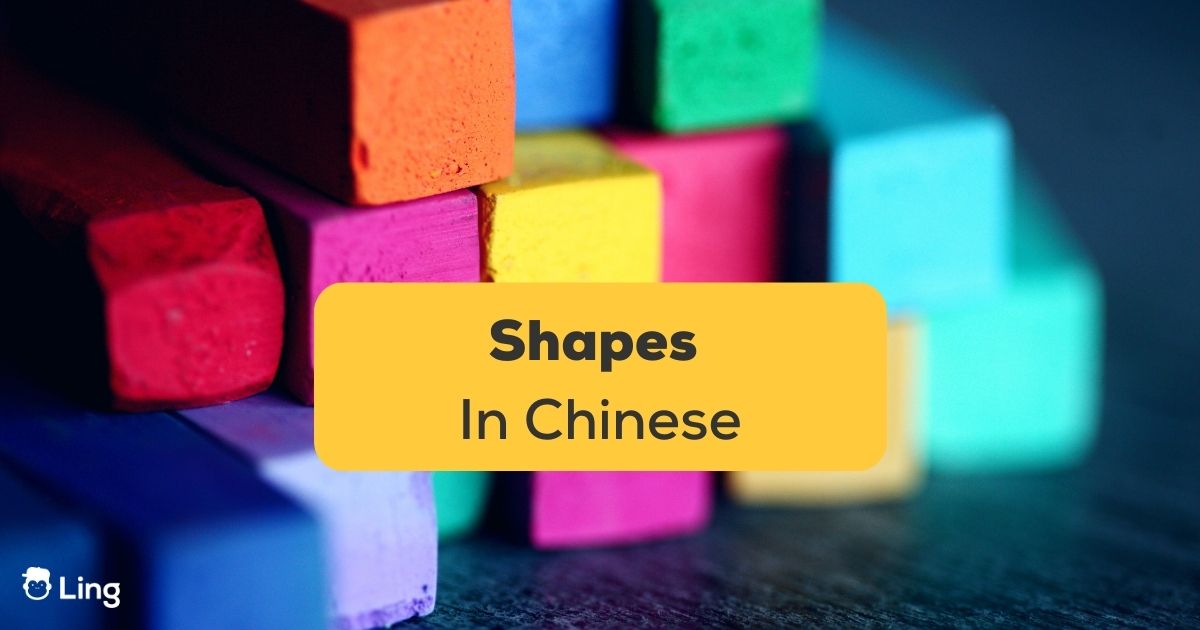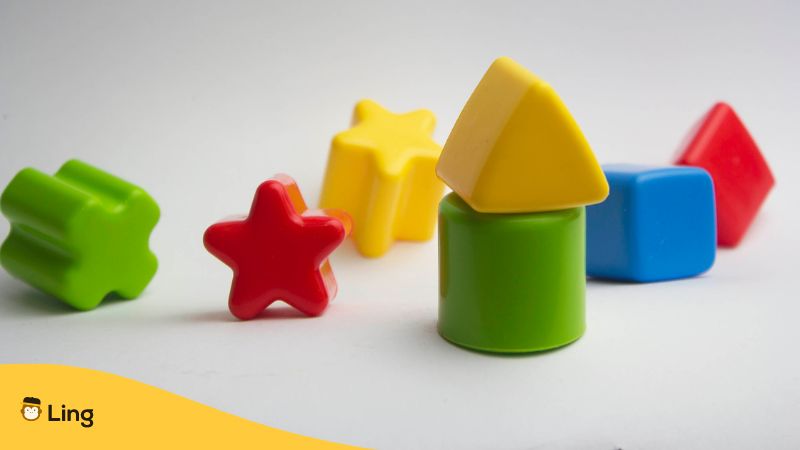
[ad_1]
Studying shapes is an important a part of any schooling, and it’s very true in relation to studying the Chinese language language. Primary shapes comparable to circles and squares are the inspiration of all of the shapes that exist within the language. In mainland China, many shapes are utilized in on a regular basis life, making it essential for learners to grasp their meanings and utilization.
By studying shapes in Chinese language, one can higher perceive the language and its intricate characters. Whether or not it’s by way of formal schooling or self-study, understanding the totally different shapes that make up Chinese language characters is an important step in studying the language. Shapes have a exceptional place in Chinese language tradition, every one brimming with its personal distinct which means and symbolism. From the circle to the oval, each form has a objective that’s steeped in centuries of custom and tradition.
On this article, we’ll delve into the 5 elementary shapes in Chinese language tradition, exploring their illustration in Chinese language artwork, structure, and design.

Primary Shapes In Chinese language
The circle, or Yuan, is a logo of unity, perfection, and completion. It embodies the idea of the “heavenly” or “divine” and represents the cycle of life, loss of life, and rebirth. This form will be seen all through Chinese language artwork, notably within the fluid brushstrokes of calligraphy and the spherical types of work. It’s additionally a prevalent function in conventional Chinese language structure, such because the round home windows of the long-lasting Temple of Heaven in Beijing.
Subsequent up is the sq., or Fang. This form represents stability, steadiness, and symmetry, and is related to the earth and the “human” or “mortal” idea. The sq. is a foundational factor in Chinese language structure, symbolizing the form of the earth. The Forbidden Metropolis in Beijing is a main instance of Chinese language structure that makes use of squares extensively, lending it a way of steadiness and stability.
The triangle, or Sanjiao, embodies change, progress, and development, and is related to the steadiness between Yin and Yang. This form is usually utilized in ornamental patterns and motifs in conventional Chinese language artwork, symbolizing the harmonious interaction between opposing forces.
The rectangle, or Zhengfangxing, represents order, construction, and steadiness, and is related to the “human” or “mortal” idea. It, too, represents the steadiness between Yin and Yang, and is usually utilized in Chinese language structure to symbolize the form of buildings and rooms. The Nice Wall of China is a main instance of how the rectangle is employed extensively in Chinese language structure, leading to a way of order and construction.
Lastly, the oval, or Yuanxing, represents eternity, continuity, and infinity, and embodies the cyclical nature of the universe. It’s related to the “heavenly” or “divine” idea and is usually seen in ceramics and jade carvings. This form speaks to the continuity of life and the infinite cycle of the universe.
In conclusion, shapes maintain an important place in Chinese language tradition, every one imbued with a singular which means and symbolism. Understanding these shapes gives us with perception into Chinese language artwork, structure, and design, in addition to their beliefs and values. With their wealthy cultural significance, these shapes proceed to encourage and captivate us, inviting us to discover and admire the great thing about Chinese language tradition.
Different Shapes In Chinese language
Listed below are some extra shapes in Chinese language and their translations:
The Position Of Shapes In Chinese language Characters
When one thinks of the Chinese language language and tradition, the intricate strokes and shapes of Chinese language characters instantly come to thoughts. These characters aren’t merely symbols on a web page; they’re a testomony to the wealthy historical past and custom of China, and their shapes play a elementary position in conveying which means and pronunciation.
On the coronary heart of Chinese language characters lies the idea of radicals. These recurring shapes function the constructing blocks for creating new characters and worthwhile phrases, very similar to the roots of a tree that department out into new progress. With over 200 radicals within the Chinese language language, they are often categorized into teams primarily based on their form, place, and which means.
The usage of radicals just isn’t solely useful for learners to recollect and acknowledge new characters, however it additionally provides depth and complexity to the language. The radicals themselves convey which means and can be utilized to deduce the pronunciation and definition of unfamiliar characters. They supply a framework for learners to construct upon and make sense of the intricate internet of Chinese language characters.
The shapes of Chinese language characters themselves are equally necessary in conveying which means. The characters for “large” and “small” are wonderful examples of how form can convey which means. The sq. form of “large” conveys one thing massive and strong, whereas the smaller form of “small” conveys one thing petite or diminutive. It’s by way of these small but highly effective nuances that the which means of Chinese language characters is conveyed.
Chinese language characters and their shapes are an integral a part of the language and tradition. They function a window into the wealthy historical past and custom of China, and understanding them is essential for efficient communication within the language. The usage of radicals and their shape-based categorization gives a strong basis for learners to construct upon, and the shapes of the characters themselves add nuance and depth to their which means. Collectively, they create a tapestry of language that’s each intricate and delightful.
Study Shapes In Chinese language With Ling App
Studying Chinese language has by no means been simpler. You possibly can improve your Chinese language actual fast, with out spending ages on one single lesson, with Ling App. It even has a YouTube channel to help you in studying Chinese language.
So obtain the Ling App from Google Play Retailer and Apple App Retailer now, and put together to be fluent in Chinese language quickly!
[ad_2]
